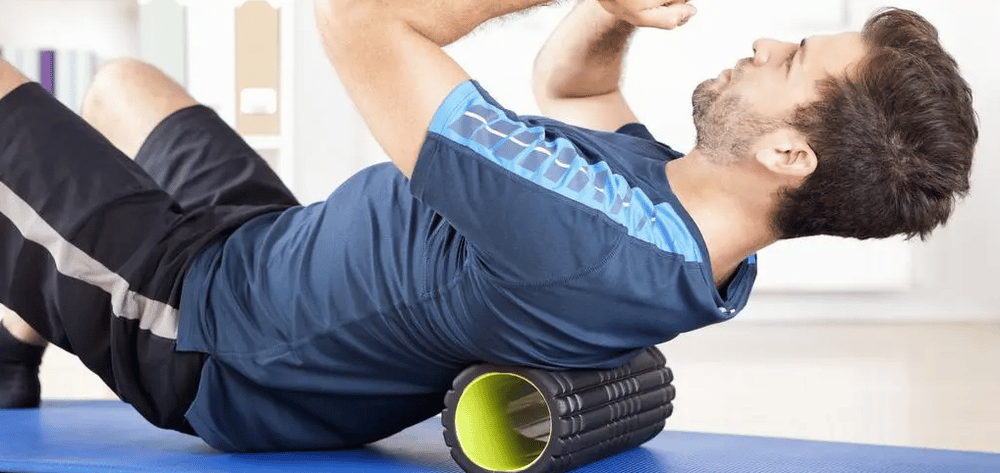If you’re a runner you’ve probably heard of a foam roller, most of us swear by them. It’s cost and time effective, doesn’t need much space, but it can hurt (which usually means you’re doing it right).
With so many to choose from, differing in size, shape, foam type, and cost, follow this guide on how to choose the best foam roller for you.
1. What Does a Foam Roller Actually Do?
Foam rolling is a form of self-myofascial release, or in other words, a soft tissue massage. Using a foam roller will help you work out those knots and tight spots from running by using the pressure created from your own body weight. You can foam roll your back, hips, legs, and other parts of your body.
In its most basic form it stretches out your muscles, increases blood flow and circulation, and helps break down scar tissue to speed up your running recovery.
Foam rollers can also be used for exercises like balance and core training.

2. Should You Foam Roll Before or After a Run?
Foam rolling is a great way to stretch out your tired muscles after a run, as well as help prevent running injuries.
Pre-run your foam roller can help you warm up to increase blood flow to the active muscles. Make sure any foam roller warm-up incorporates dynamic stretching to help mobilise your joints and muscles to maximise the efficiency of your run. Reserve traditional static stretching for after your run to avoid injury.
If you’re short on time before or after your run, try and incorporate just 10 minutes of foam rolling into your bedtime routine.
3. Which Foam Roller Should I Use?
Which foam roller you use will depend on how tight your muscles are and whether you want it for stretching or exercise.
If you’re looking for a foam roller to use on your back, choose a longer one (around 36 inches/90 centimetres) to allow you to roll with it down your back.

1) OPEN CELL FOAM
These are the most basic of foam rollers and are simply a cylinder of open cell polyethylene foam.
Good for beginner runners, they come in various lengths and diameters. These foam rollers tend to have a shorter lifespan than their harder counterparts as the nature of the foam can flatten or squash with use. On the plus side this makes them excellent for beginners or those carrying extra weight as the soft foam provides less push back against your body weight meaning a less painful roll.
You can use this type of foam roller for core and balance exercises.
2) CLOSED CELL FOAM
Like the open cell foam roller but made from much denser EVA foam making it more durable and more effective on stubborn knots, aches, and pains.
3) VARI-MASSAGE FOAM ROLLER
Foam rollers like The Grid and Just Be have a mix of flat areas for beginners and larger muscle rolling, and ridges and spikes to get deep into muscle tissue to get rid of knots and tightness especially in hard to reach areas like your hip flexors. These foam rollers are designed for heavy use.
Also comes in smaller, more travel friendly option, the Trigger Point Performance Mini Grid provides a smaller surface for targeted compression.







